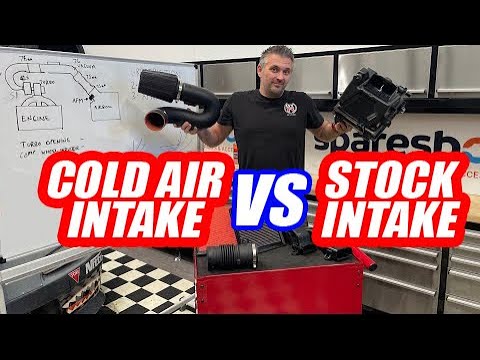MAF Scaling vs MAF Tuning – What’s the difference?
4 min read
MAF scaling applies a fixed correction to the MAF sensor signal. It is used to give the engine ECU a signal which correctly indicates the mass of air entering the engine.
MAF tuning is more involved. We are tuning the fuelling to get the AFR targets we want at different RPM and load.
MAF scaling is for engines which have a good tune but we have changed something in the intake that means the MAF signal is no longer giving the engine ECU an accurate picture of the amount of air entering the engine. The ECU has AFR targets and we are scaling the MAF to make it easier for the engine ECU to achieve them. MAF scaling suits cars which use a wideband lambda sensor and used closed loop lambda feedback under all engine conditions.
MAF tuning is when we want to change our air fuel ratio targets (for whatever reason) in our engine map. MAF tuning suits cars which use narrowband lambda sensors or cars which do not use closed loop lambda feedback at higher loads.
Proviso – The terms MAF scaling vs MAF tuning are open to interpretation. It may mean different things to different people but I think this article will covers the general consensus.
MAF Scaling
We scale the MAF when we have changed something in the inlet tract. We have done something that alters the way the MAF reads the air. We need to scale the MAF sensor to compensate for these changes so we get accurate data going to the ECU.
Changes to the intact tract could include changing the diameter of the MAF housing, changing the MAF sensor itself, fitting a CAI which moves the MAF, either locating it a different distance from bends and/or changing the diameter of the tube where it is mounted. Changing the tube itself eg from corrugated to smooth eg from rubber to metal could also affect the accuracy of the MAF sensor signal.
How do we know if MAF scaling is required?
Fuel trims, short term and long term, will let us know if the ECU is having to compensate for incorrect readings. If the fuel trim is plus 10% and the only change has been to the MAF sensor (as detailed above) then it’s a fair assumption we need to scale the MAF sensor signal. Ideally we want the fuel trims to be 0.
MAF Tuning
MAF tuning is when we want to adjust the fuelling of our engine, we want to change our AFR targets.
The MAF sensor is still reading the air in the same way, the sensor reading is still accurate but the signal the MAF sensor sends to the ECU does not give the AFR we need/want.
In this case we need to “tune” the MAF sensor signal to get the fuelling we need.
Generally, engines with MAF sensors can adapt to breathing mods. These mods will alter the amount of air entering the engine and the ECU will know this and adapt because it is getting the MAF sensor signal.
Amount of adjustment – Things to bear in mind
The amount of adjustment/the amount we can tune the MAF will vary from car to car. Some ECUs will allow big adjustments to the MAF signal, maybe up to +/- 50% or more. Others won’t.
In other words, on some cars MAF tuning can get the results we need, on others it won’t
There are also consequences to “tuning” the MAF sensor signal. Read about them here
Cars with Wideband Lambda Sensors
If we are scaling the MAF, wideband lambda sensors pose no issues. When we scale the MAF we are just making the signal accurate. We are not trying to adjust the tune of the engine ie adding more or less fuel.
However when the car is constantly looking at the AFR, piggyback units which alter the MAF sensor signal to change the AFRs will probably be of limited/no use. In these cases we either need to go into the car’s ECU itself and alter the AFR targets or we need to use a device which can control the fuel injectors completely independently of the car’s ECU.
MAF CAL – MAF Scaling/Calibration with MAF CAL
Easily calibrate a MAF sensor signal after changes to the intake system. Scale a MAF signal with MAF CAL.
Increase or decrease MAF sensor signal by +/-50% to optimise engine fuelling (Not compatible with frequency based MAF sensors. …
Video
How important is MAF sensor placement? Does an aftermarket intake need a remap?
Here is an excellent video by Motive Video which covers the potential MAF sensor signal issues when we fit a cold air intake


